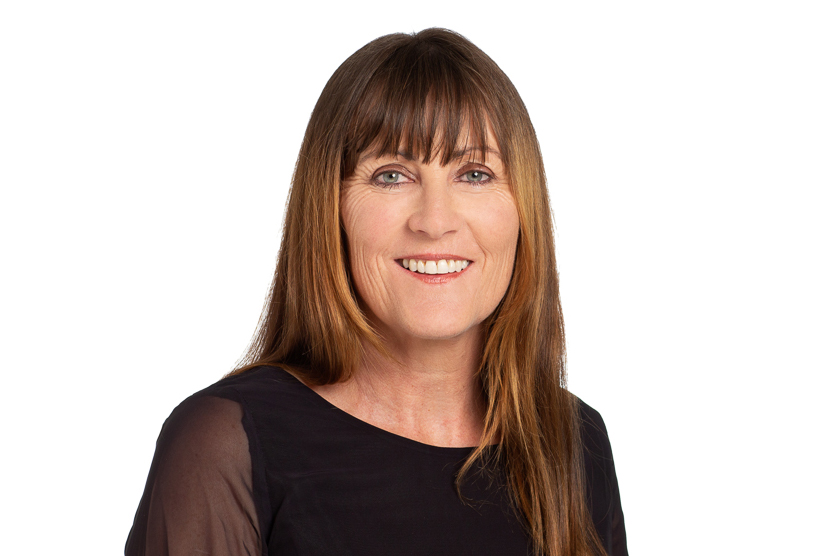Bridging transport gaps
On Monday the new two-lane bridge at Taipā will be officially opened. This is great news for Taipā and all Te Hiku residents. Finally, they can say goodbye to summertime queues of traffic trying to cross the old single-lane bridge at the mouth of the Oruru River.

On Monday the new two-lane bridge at Taipā will be officially opened. This is great news for Taipā and all Te Hiku residents. Finally, they can say goodbye to summertime queues of traffic trying to cross the old single-lane bridge at the mouth of the Oruru River. While many locals had fond memories of that bridge, it had become a significant chokepoint on State Highway 10 and a source of frustration for local business owners and holidaymakers. It had limited provision for pedestrians and did not provide for cyclists, creating barriers for those wanting to travel between Taipā and Cable Bay, Copers Beach and Mangonui.
The new bridge boasts two traffic lanes and a shared path for pedestrians and cyclists. It has a swimming platform so Taipā youngsters can jump from the bridge just as their parents did. The old bridge has now been removed and the piles cut down to below the level of the river bed making the waterway safe for swimmers and boats.
While this was a NZ Transport Agency (NZTA) project, the Council has supported and benefited from the work. We brought forward plans to renew aging pipe infrastructure so this could be incorporated into the bridge construction. Improvements have also been made to the town centre to create a safer traffic environment. Long term, the new bridge will improve resilience of this key transport link, help boost economic growth and productivity, and increase road safety.
As one significant bridge project winds up, another is set to begin. Work to replace the single-lane Whangaroa Bridge just north of Kāeo, also on State Highway 10, is set to begin in February. Like the old Taipā bridge, the current single-lane Whangaroa Bridge is a confusing and frustrating chokepoint for drivers, especially the many tourists traversing the Twin Coast Discovery Route – Northland’s main tourist highway. There is no provision for pedestrians or cyclists, which is an increasingly important part of our tourist economy.
NZTA’s current preferred option is to build the new bridge slightly to the south of the existing Whangaroa Bridge with a roundabout at the junction where the new bridge will join roads to Kāeo and Whangaroa. Flooding has long been an issue for the people of Kāeo and this is being factored into the design. The new bridge will be higher – above predicted flood levels – and will have space beneath it in case of flooding. It crosses land that has already been cleared and the new structure should have little impact on the river bed, banks or the river flow. So far $1.6 million has been set aside for the design phase, with an early estimate of a $16 million total cost. This is coming out of the NZTA’s normal funding channels.
Further south on State Highway 10, preliminary work has finally begun on a new $9 million roundabout at Waipapa. I have worked to make this dangerous intersection safer for drivers for the better part of three decades. Over that time, the population of the Far North has increased significantly, and we now have many more visitors to our region. It is a huge relief to finally see this project get the go-ahead after previously being stalled at the eleventh hour. This is one of the reasons I became involved in local politics and seeing it get across the line proves that with determination and by working with others, we can make change happen. I want to thank everyone involved in these projects over the years, especially the staff of NZTA.
Of course, there will be downstream economic benefits created by these projects for our Taipā, Kāeo and Waipapa communities. Just as important will be the very real safety benefits they will provide for drivers, pedestrians and cyclists.

